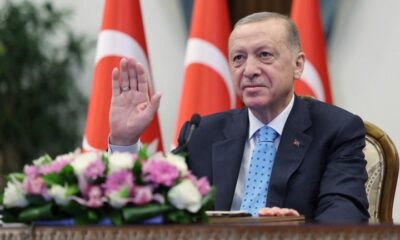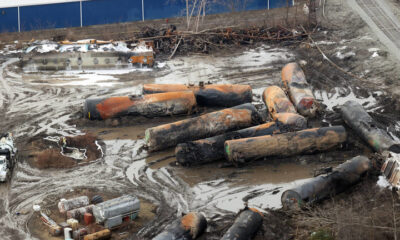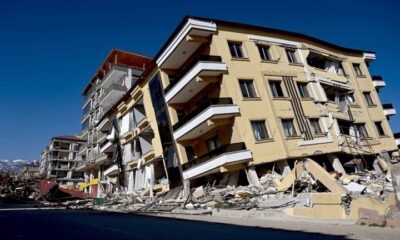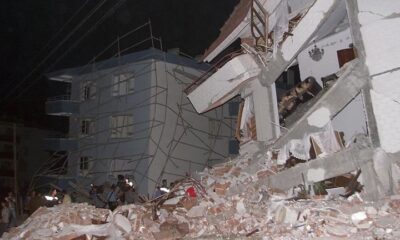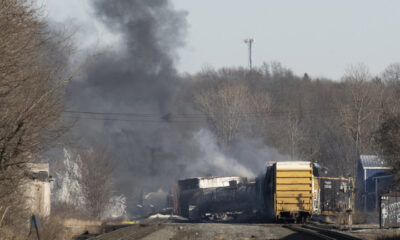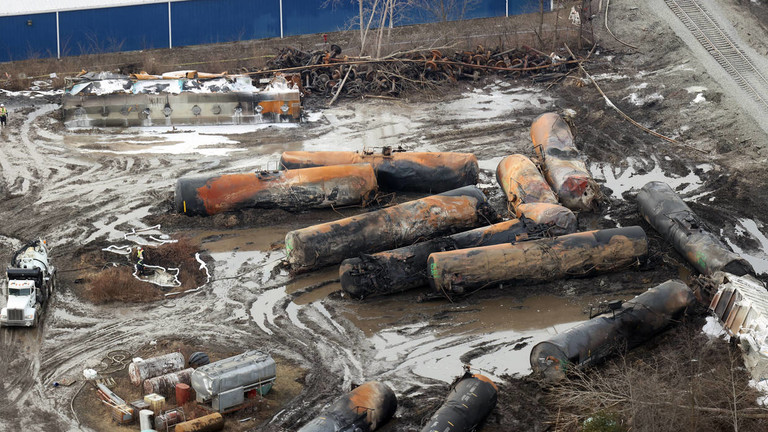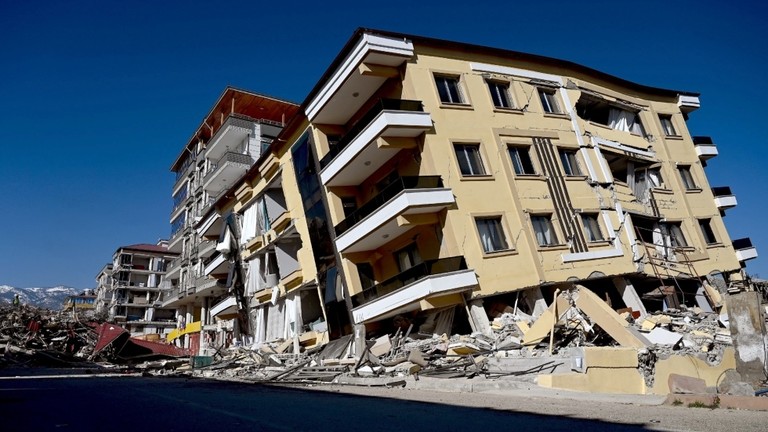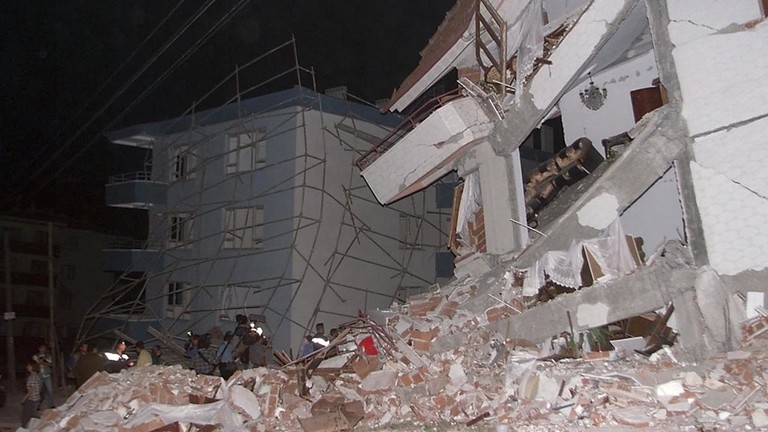Brazilian authorities have rolled out a vaccination plan which has been met with skepticism due to the lack of concrete data, and was even criticized by the researchers who helped to draw it up.
Local media noted that Brazil’s plan has no specific launch date in mind for the vaccinations and does not detail the timetable of the supplies. The country’s initial goal is to vaccinate some 51 million people, which is less than a quarter of the population. The document itself admits it’s significantly lower than the number required to stop the spread of the coronavirus – at least 70 percent of the population.
A group of researchers whose names appeared on the government plan protested that they had not seen the document, claiming to have been “surprised” because the plan had “not been presented to us previously and has not obtained our consent.” One of the researchers, Ethel Maciel, criticized the lack of details surrounding the vaccination timescale and when doses would be available.
“It remains to be explained when it will start and the timing for these phases. Teachers, for example, are in the fourth phase,” she explained in an interview.
If it is only at the end of the year, it has already been the entire school year. There needs to be more doses for the phases to be short.
Phase 4 is one of the less prioritized vaccination stages, to be rolled out at a later date, and includes security and prison workers. Brazil’s elderly population and health workers are in the top priority brackets – Phase 1 and 2 – which will be the first to be rolled out, while Phase 3 is reserved for those over the age of eighteen with pre-existing conditions.

Medical records of Brazilian PRESIDENT among 16 million Covid-19 patients EXPOSED after passwords published online – report
Sao Paulo newspaper Estadao echoed concerns on its digital front page on Sunday, with the headline, ‘Government delivers undated plan and provides vaccines for less than 1/4 of the population’. However the Ministry of Health told the newspaper that it “would be irresponsible to set any date without first having sufficient scientific data,” and that a full timetable would be revealed once the data was available. Sao Paulo is currently the most affected area in Brazil.
Over 6.8 million Brazilians have tested positive for Covid-19 since the start of the pandemic, making Brazil the third-most affected country in the world behind just India (nearly 10 million cases) and the United States (over 16 million cases). Out of Brazil’s 6.8 million cases, over 180,000 have died.

Brazil allows resumption of Chinese vaccine trial after brief suspension over study subject’s suicide
Though cases in the country were beginning to drop over the past few months, they have taken a sharp turn upwards since November. President Bolsonaro himself has publicly stated that he will not take a vaccine for the virus, declaring last month, “I’m not going to take it. It’s my right.”
The Brazilian president’s skepticism has been mirrored by many other Brazilians, with 22 percent opposed to receiving a Covid-19 vaccination, according to a poll. As well as being a vaccine skeptic, Bolsonaro has also been a leading critic of coronavirus-related lockdowns, calling the measures used in other countries to stop the virus “crazy,” praising “patriot” protesters, and branding lockdowns in areas of his own country “dictatorial.”

‘Everything is now a pandemic’: Bolsonaro tells Brazilians to stop being ‘sissies’ about Covid
Think your friends would be interested? Share this story!


 NEWS2 months ago
NEWS2 months ago
 NEWS2 months ago
NEWS2 months ago
 NEWS2 months ago
NEWS2 months ago
 INVESTMENTS2 months ago
INVESTMENTS2 months ago
 FINANCE2 months ago
FINANCE2 months ago
 FINANCE2 months ago
FINANCE2 months ago
 WAR2 months ago
WAR2 months ago



